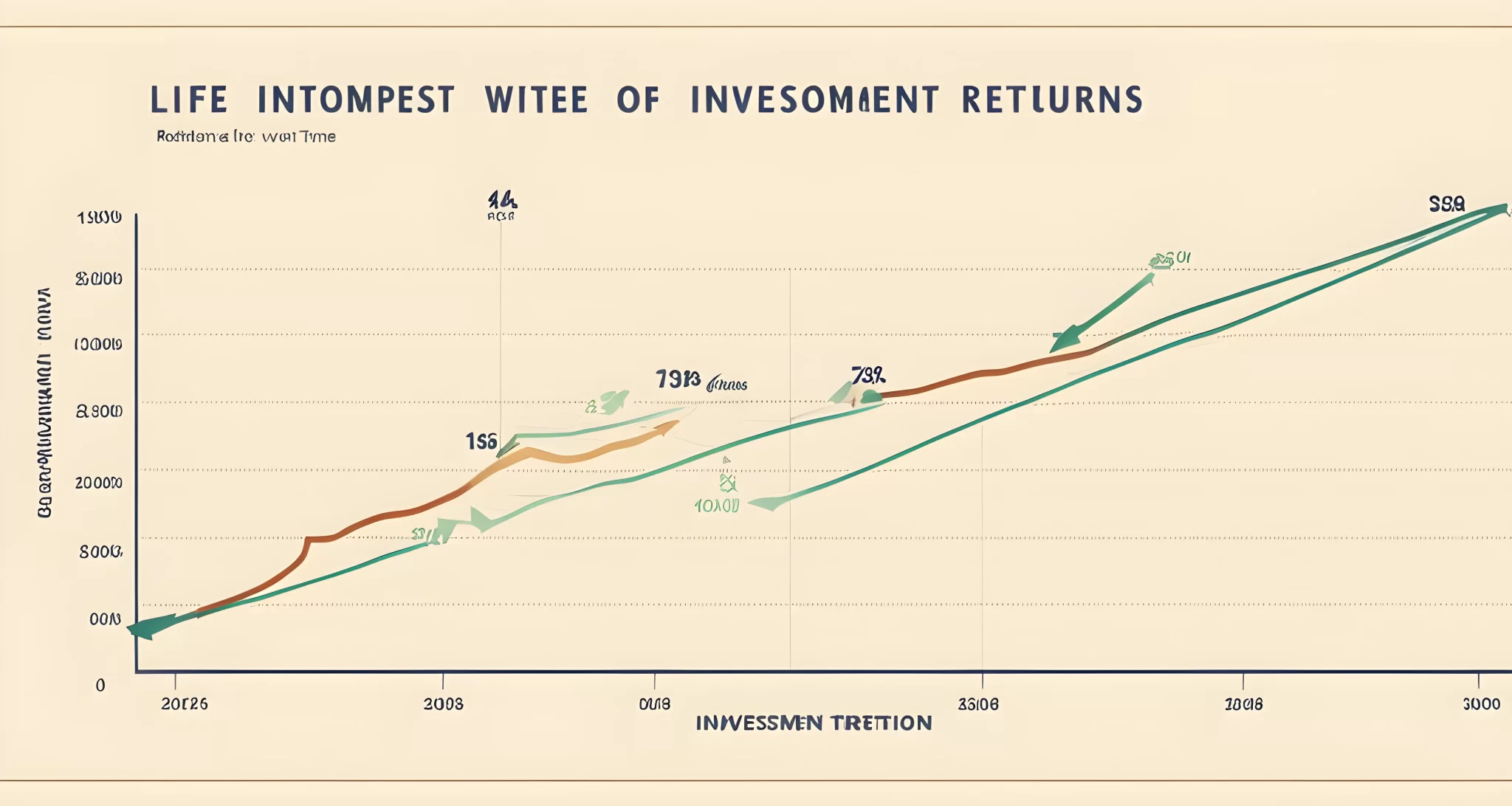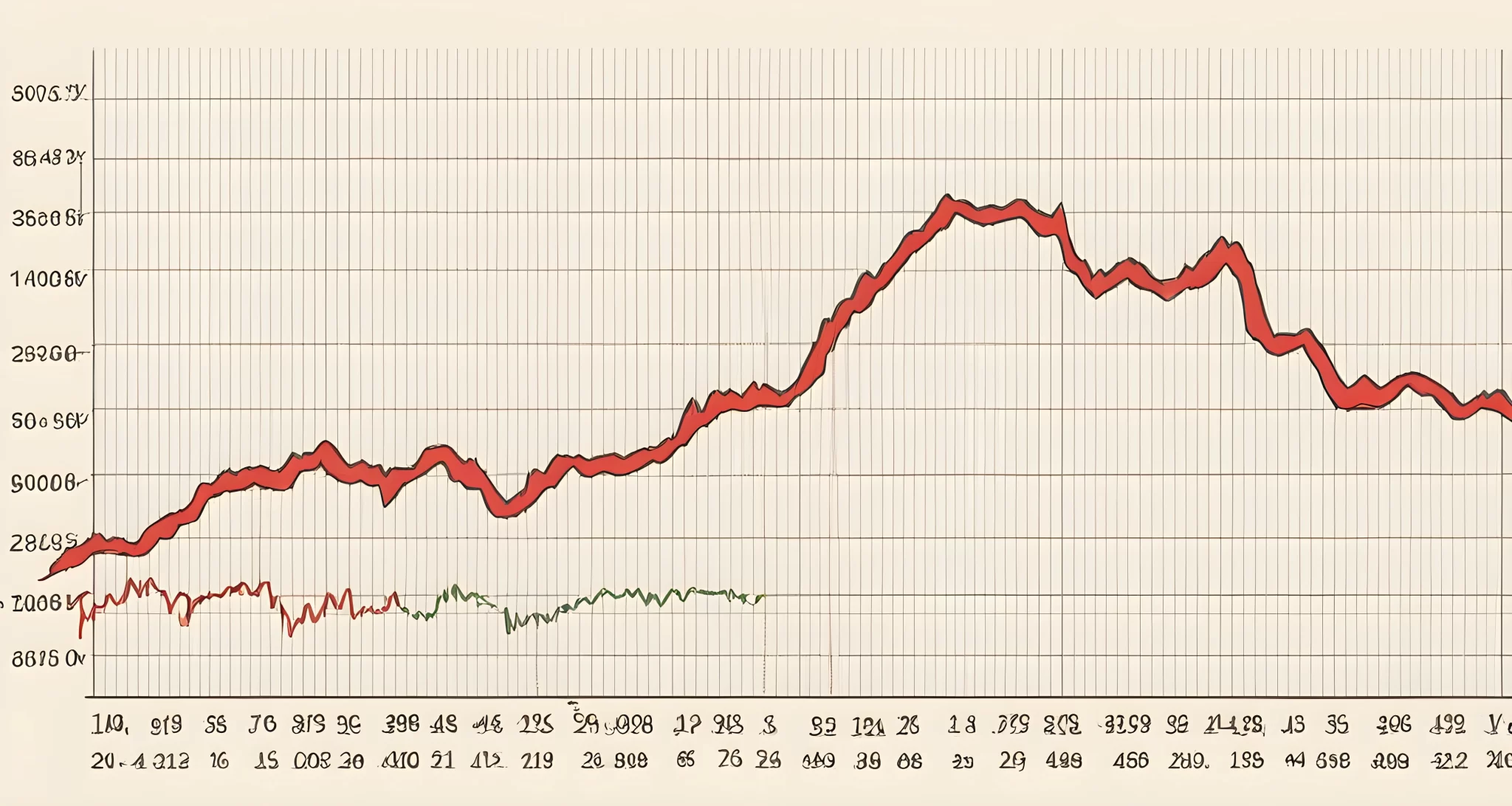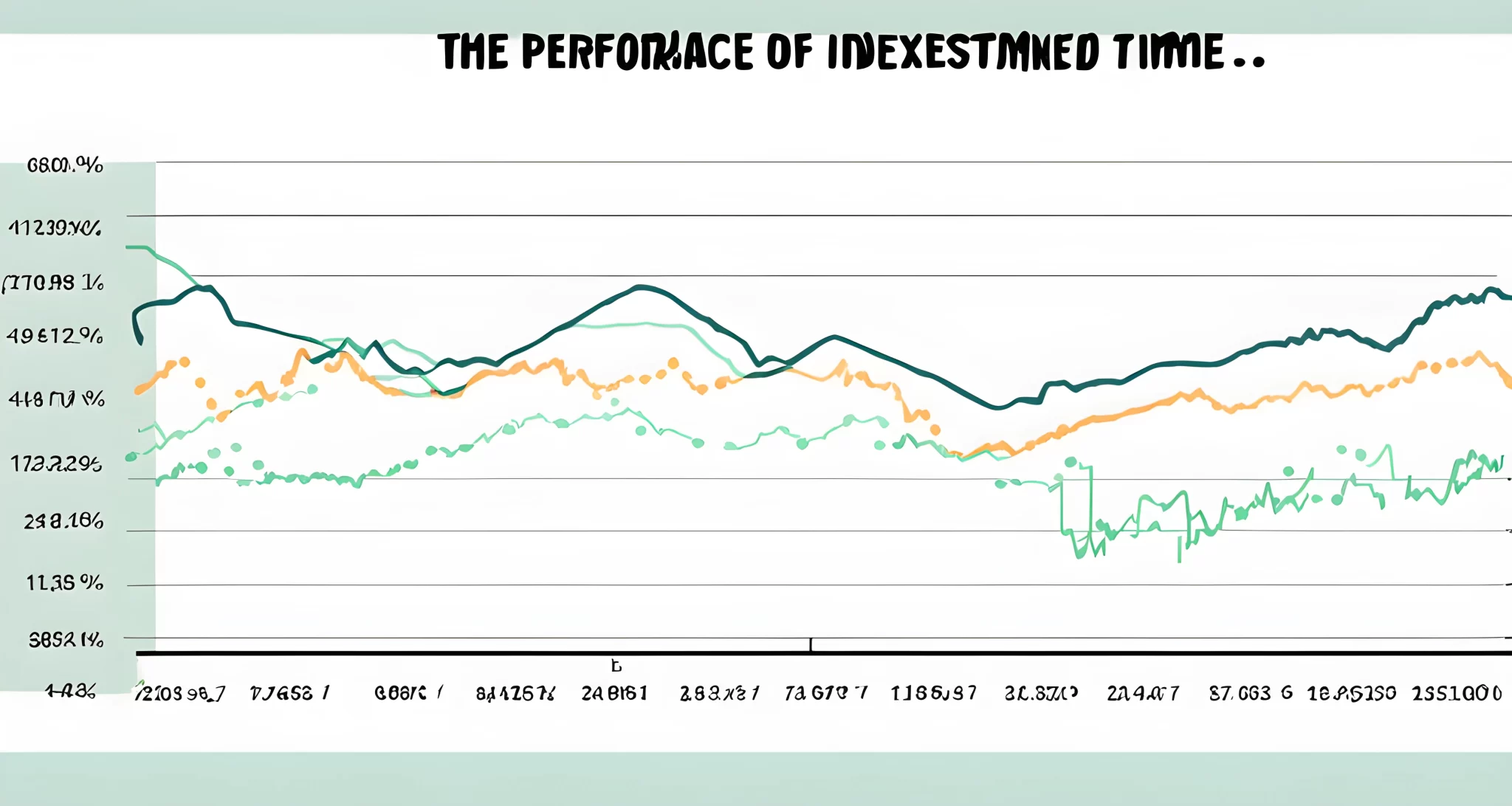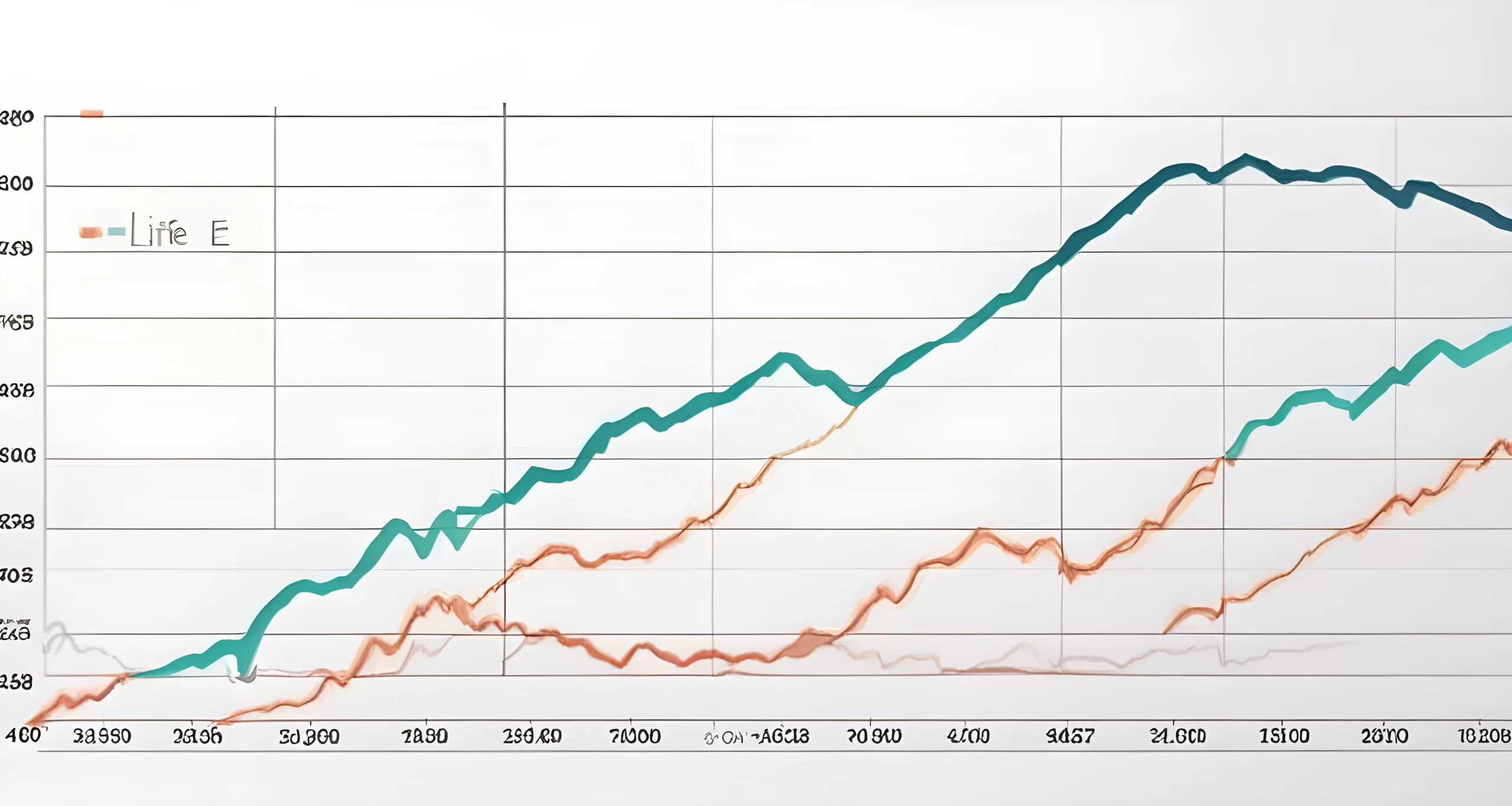What is Inflation?
Inflation is a sustained increase in the general price level of goods and services over time, which reduces the purchasing power of money. This means that over time, the same amount of money will buy fewer goods and services. So, if you have $100 today, it may only buy $90 worth of goods in a year due to inflation.
One of the key impacts of inflation is on savings and investments. When inflation is high, the value of money decreases, which can erode the returns on fixed-return investments like bonds and certificates of deposit (CDs). This is why it’s important to consider inflation when planning your long-term investment strategy. For more information on maximizing investment returns, you can refer to the Complete investment return guidance.
Inflation also affects stocks, with value stocks potentially outperforming growth stocks during periods of high inflation. Additionally, certain commodities such as precious metals, oil, and agricultural goods can serve as hedges against inflation. These assets tend to retain their value or even increase in price during times of high inflation.
Investors can also consider inflation-indexed investments like Treasury Inflation-Protected Securities (TIPS) bonds, which provide returns that adjust for changes in inflation. Diversifying a portfolio across various asset classes is important for long-term investment planning, as it can help mitigate the impact of inflation on your overall investment returns.
Understanding what inflation is and how it impacts different types of investments is essential for making informed decisions about your financial future. By considering inflation risk and incorporating strategies to mitigate its impact, you can better position yourself to achieve your long-term investment goals.

Impact on Savings and Investments
Inflation can have a significant impact on savings and investments. As the general price level of goods and services increases, the purchasing power of money decreases, leading to a reduction in the real value of savings. This erosion can affect fixed-return investments such as bonds and certificates of deposit (CDs), as their returns may not keep pace with inflation. Investors need to consider inflation risk when making long-term investment decisions and may need to incorporate inflation-hedging strategies into their investment portfolios.
To combat the negative effects of inflation on savings and investments, individuals should consider diversifying their portfolios with assets that have historically outperformed inflation, such as stocks Maximize Your Returns. Additionally, investors may want to explore inflation-indexed investments, which are specifically designed to provide a return that keeps up with or even exceeds inflation. These types of investments can help mitigate the impact of rising prices on the overall portfolio value.
It’s essential for investors to be proactive in managing the impact of inflation on their savings and investments. This can involve regularly monitoring the performance of their portfolio and making adjustments as needed to ensure that it remains resilient in the face of inflationary pressures. By staying informed about market trends and economic indicators, investors can make informed decisions that protect their long-term financial goals.
In conclusion, while inflation can erode the value of savings and fixed-return investments, there are strategies that investors can employ to mitigate its impact. By diversifying portfolios, considering inflation-indexed investments, and staying informed about market trends, individuals can better position themselves to weather the effects of inflation on their investment returns.

Effect on Stocks and Commodities
Inflation can have a significant impact on stocks and commodities, affecting the performance of different types of investments. During periods of high inflation, value stocks may outperform growth stocks, as they are considered to be undervalued by the market. This makes them more resilient during inflationary periods. Investors looking to maximize their investment returns in the face of inflation may consider allocating a portion of their portfolio to value stocks.
On the other hand, certain commodities, such as precious metals, oil, and agricultural goods, can serve as hedges against inflation. These commodities tend to retain their value or even increase in price during inflationary periods, making them attractive investment options for investors looking to protect against the erosion of purchasing power caused by inflation.
It is important for investors to diversify their portfolios to mitigate the effects of inflation on their investments. By spreading their investments across different asset classes, including both stocks and commodities, investors can reduce the overall risk to their portfolio and potentially offset any negative impact from inflation.
In addition, investors may also consider exploring Tackling growth obstacles through effective investment strategies that address the challenges posed by inflation. This can include implementing inflation-indexed investments or incorporating other assets that have historically shown resilience during inflationary periods.
Overall, understanding how inflation affects stocks and commodities is crucial for investors seeking to protect and maximize their investment returns. By carefully considering the impact of inflation on different types of investments and diversifying their portfolios accordingly, investors can better position themselves to navigate the challenges posed by inflation and potentially achieve stronger investment returns in the long run.

Inflation-Indexed Investments
Inflation-indexed investments, such as Treasury Inflation-Protected Securities (TIPS) bonds, are designed to provide returns that adjust for changes in inflation. These investments can help protect investors from the negative impact of inflation on their savings and provide a hedge against inflation risk. By including inflation-indexed investments in a portfolio, investors can ensure that their returns keep pace with inflation, preserving the purchasing power of their money over time.
Benefits of Inflation-Indexed Investments
-
Protection Against Inflation: Inflation erodes the purchasing power of money over time, but inflation-indexed investments offer a way to counteract this effect. As the Consumer Price Index (CPI) increases, the principal value and interest payments of TIPS bonds also adjust upward, providing a built-in protection mechanism against rising prices.
-
Preservation of Real Returns: Unlike traditional fixed-income securities, such as regular Treasury bonds, TIPS bonds offer investors the opportunity to earn real, inflation-adjusted returns. This feature makes them particularly attractive during periods of high or unpredictable inflation.
-
Diversification: Including TIPS bonds in a portfolio can enhance diversification and mitigate overall investment risk. This is especially important during periods of economic uncertainty or market volatility Managing market volatility risks.
Considerations for Investors
-
Long-Term Planning: Inflation-indexed investments are well-suited for long-term financial goals, such as retirement planning or funding future expenses. Their ability to maintain purchasing power over time makes them a valuable addition to any investment strategy.
-
Tax Considerations: While TIPS bond interest is taxable at the federal level, it is exempt from state and local taxes. This can make them an attractive option for investors seeking tax-efficient sources of income.
In conclusion, including inflation-indexed investments in a diversified portfolio can provide investors with a reliable means to safeguard their savings against the erosive effects of inflation. By offering real returns that adjust for changes in consumer prices, these investments play a crucial role in preserving the long-term purchasing power of an investment portfolio.

Diversifying Your Portfolio
When it comes to protecting your investments from the impact of inflation, diversifying your portfolio is crucial. By spreading your investments across different asset classes, you can reduce the risk of significant losses from any single investment. This means considering not only stocks and bonds, but also commodities such as precious metals, which have historically been a hedge against inflation Volatility Risk Management.
Spreading Investments Across Asset Classes
Diversification involves spreading investments across different types of assets, such as stocks, bonds, and commodities. Each asset class reacts differently to inflationary pressures, so by diversifying, you can offset potential losses in one area with gains in another. This strategy can help protect your overall portfolio from the negative impact of inflation.
Considering Inflation Risk
Inflation risk is the risk that the purchasing power of your savings and investments will be eroded over time due to rising prices. To address this risk, investors should consider incorporating inflation-hedging strategies into their portfolios. This could include allocating a portion of their investments to inflation-indexed securities or assets that historically perform well during inflationary periods, such as precious metals like gold and silver.
Protecting Purchasing Power
By considering inflation risk and incorporating inflation-hedging strategies into your investment plan, you can help protect the purchasing power of your savings and investments. This is especially important for long-term investment planning, as it ensures that your wealth retains its value in the face of inflationary pressures.
In conclusion, diversifying a portfolio across asset classes and considering inflation risk is crucial for long-term investment planning. By spreading investments across different types of assets and incorporating inflation-hedging strategies, investors can protect their savings and investments from the negative impact of inflation. This approach can help ensure that their wealth retains its value over time and continues to grow despite the challenges posed by inflation.
FAQ
How does inflation affect savings and investments?
Inflation reduces the purchasing power of money, impacting the value of savings and eroding the returns of fixed-return investments like bonds and cds.
What impact does inflation have on stocks?
During periods of high inflation, value stocks may outperform growth stocks. it’s important to consider the impact of inflation when investing in stocks.
How can one hedge against inflation in investments?
Investors can consider precious metals, commodities like oil and agricultural goods, and inflation-indexed investments such as tips bonds to hedge against the impact of inflation on their investment returns.
What are some long-term investment planning considerations for inflation risk?
Diversifying a portfolio across asset classes and considering inflation risk are important factors to consider in long-term investment planning. it’s essential to analyze the impact of inflation on investment returns and adjust the investment strategy accordingly.
